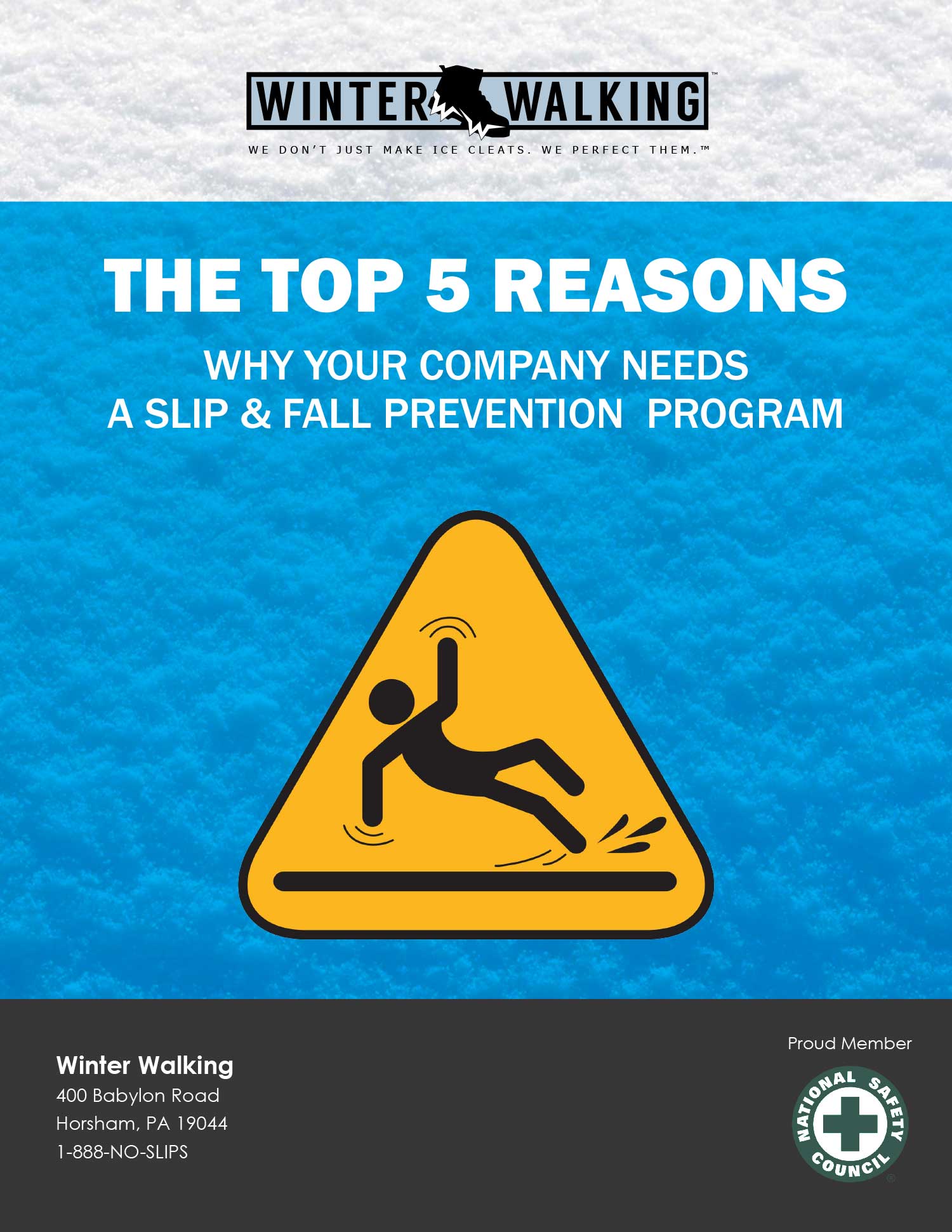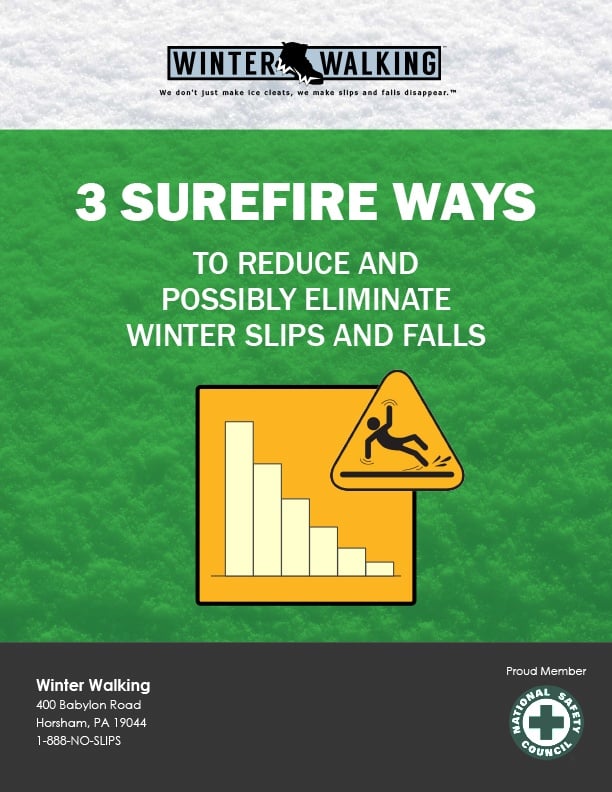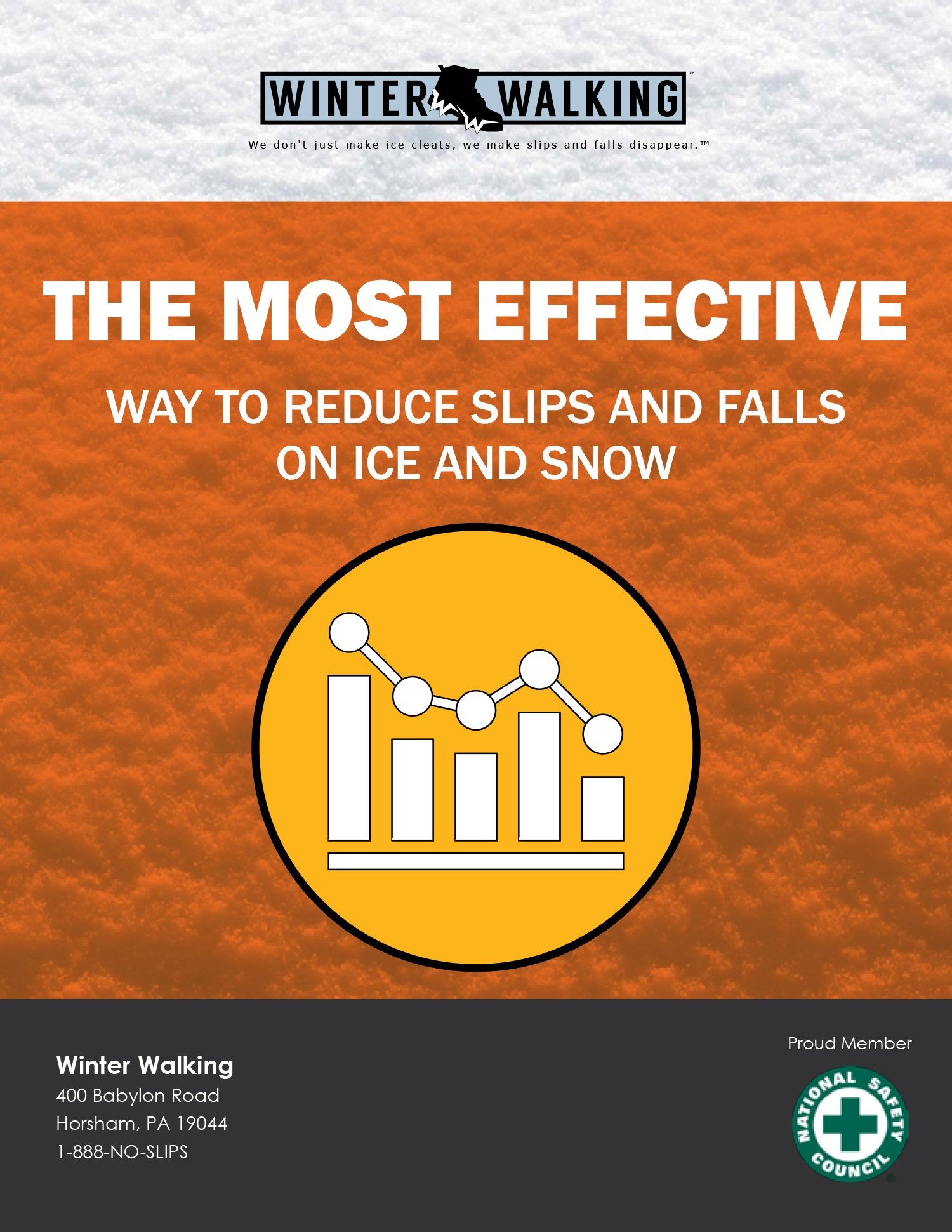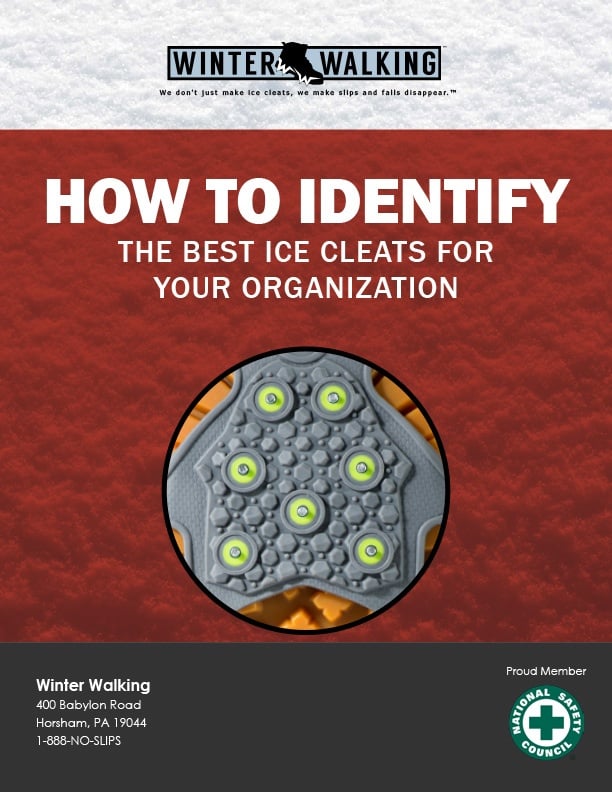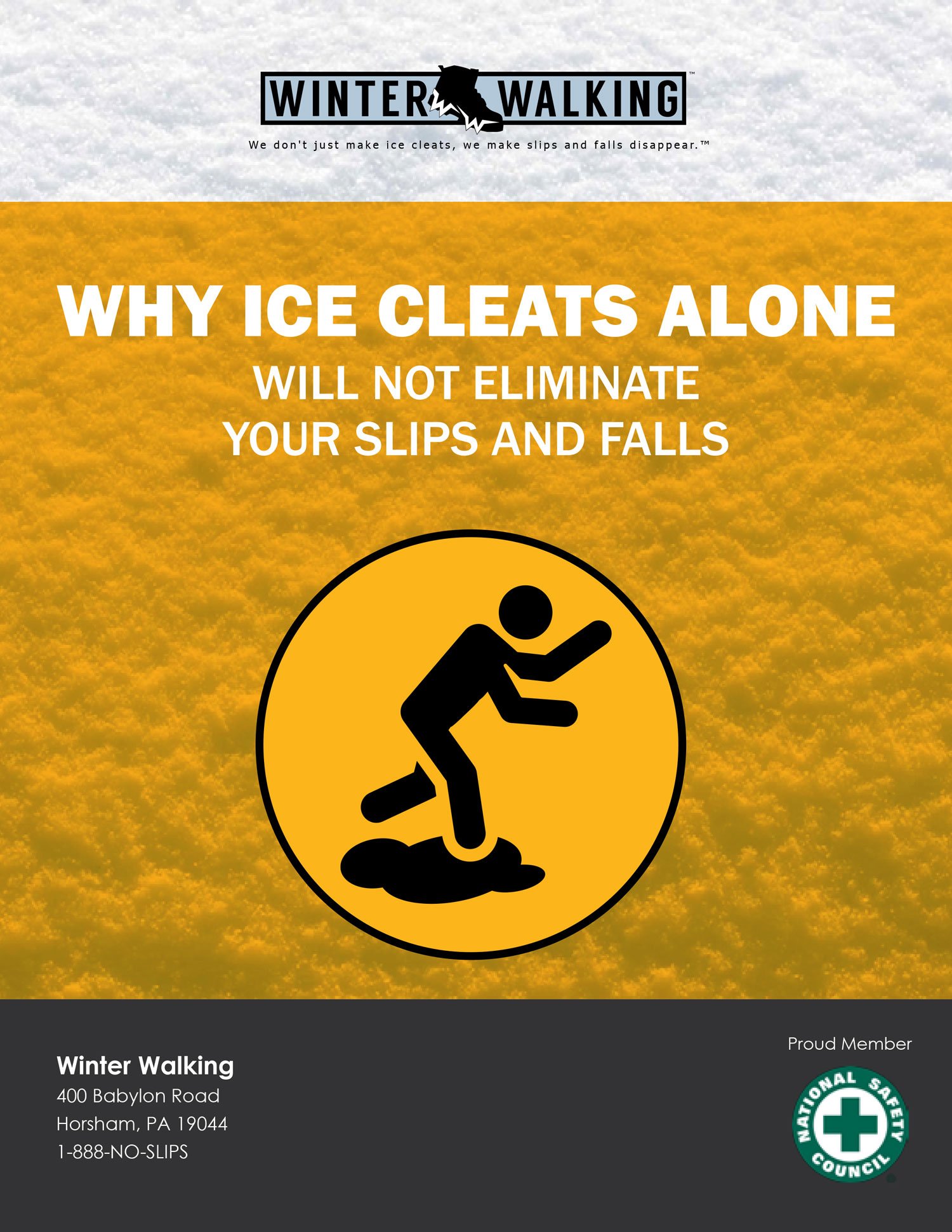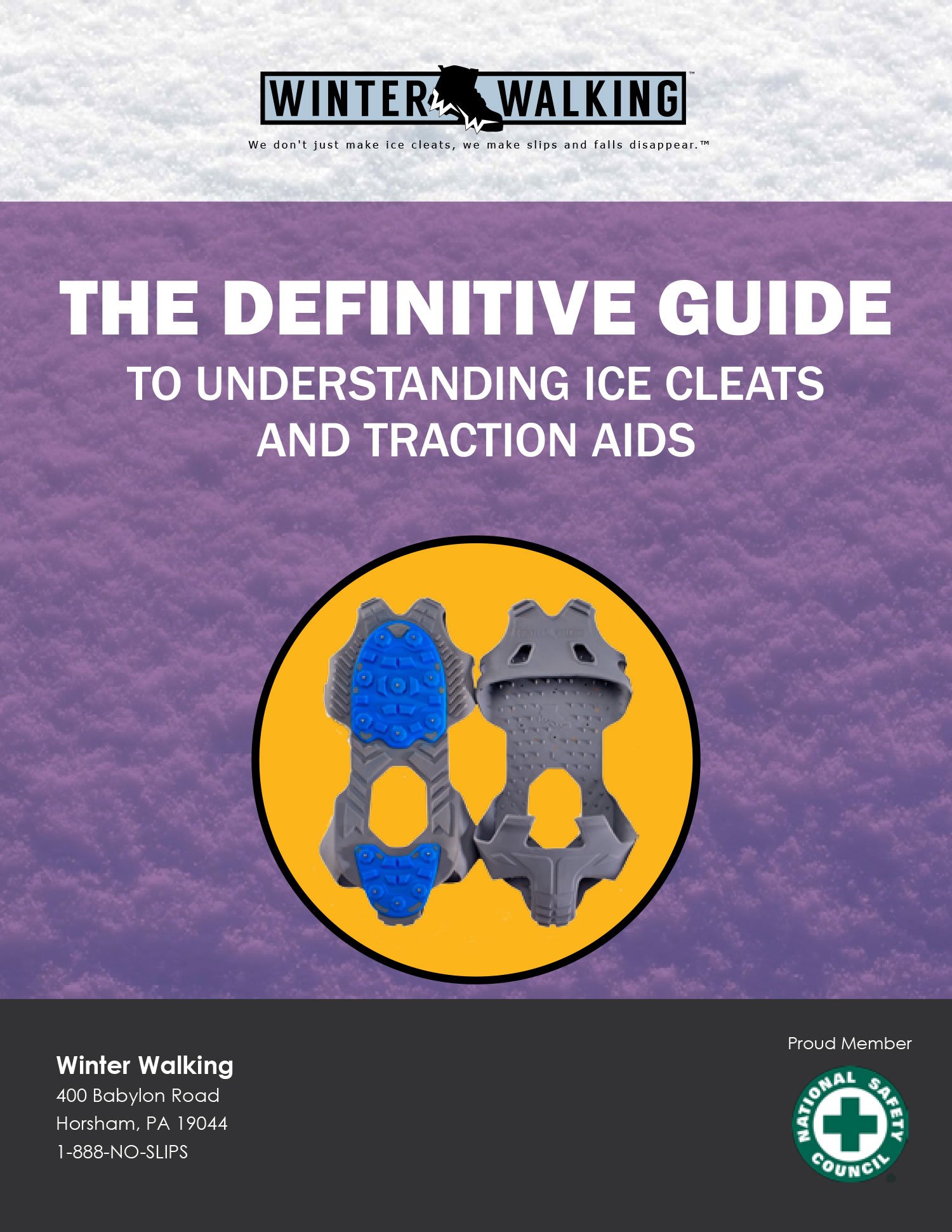 Indeed, the market for ice cleats and winter traction aids can be overwhelming, with a vast array of products and technologies available, each claiming to offer the best solution for winter safety. Navigating through this sea of options can be daunting, especially for those who are not familiar with the specific needs and requirements of different working environments. However, with our extensive research spanning over four decades, we have gathered the necessary knowledge and expertise to support safety professionals in minimizing slip and fall incidents during the winter season.
Indeed, the market for ice cleats and winter traction aids can be overwhelming, with a vast array of products and technologies available, each claiming to offer the best solution for winter safety. Navigating through this sea of options can be daunting, especially for those who are not familiar with the specific needs and requirements of different working environments. However, with our extensive research spanning over four decades, we have gathered the necessary knowledge and expertise to support safety professionals in minimizing slip and fall incidents during the winter season.
Our commitment to safety and innovation has allowed us to develop a deep understanding of the challenges faced by workers in icy and snowy conditions, enabling us to provide informed recommendations and solutions. To simplify the options available in the marketplace and help you make informed decisions, here are some helpful tips and insights. Let's start by exploring the two most crucial types of traction aids, which are essential for ensuring safety and efficiency in various winter work environments.
1. TRANSITIONAL TRACTION® - Can be worn both inside and outside without being removed.
-
These are very unique, and there are currently just a few different technologies that fit this criteria – low-profile studs, gritted footwear and rotating spikes.
-
TRANSITIONAL TRACTION is most beneficial for workers who constantly move from outdoors to indoors and don’t want the inconvenience of having to remove the more traditional, and “aggressive,” ice cleats.
-
These can be put on at the beginning of a shift and kept on all day.
(This may eliminate all those complaints you hear about traditional ice cleats.) -
This category is also the safest to wear on steel, concrete, tile, epoxy floors, and other surfaces, and won’t cause slip hazards.
-
They are also the safest traction aids to wear on catwalks and grated surfaces, and won’t cause trip hazards.
CLICK HERE to read about our most popular transitional traction aid!
2. WORKING TRACTION® - For working on ice and snow - outdoor use only.
-
These traction aids are the most common in the marketplace because they have been around for many years.
-
WORKING TRACTION is most beneficial for workers who are in icy parking lots, or for those who don’t mind constantly taking them on and off as needed.
-
Easy on/off lightweight stretch devices, heel-only devices, spiked overshoes and ice-walking sandals all fall under this category.
-
These traction aids are designed to be used in ice and snow only. If worn on hard surfaces, like steel, concrete, tile and epoxy floors, they will cause slip hazards.
CLICK HERE to read about one of our many aggressive traction aids.
If your employees have been expressing dissatisfaction with their current ice cleats or traction aids, it is highly likely that they are using devices that fall into the category of "Aggressive Traction Aids." These types of traction aids are known for their heavy and cumbersome design, making them uncomfortable and inconvenient to wear for extended periods. However, there is a simple solution that can greatly improve their safety, productivity, and overall satisfaction during the winter months – switching to Transitional Traction.
Transitional Traction offer a unique and innovative design that allows them to be worn both indoors and outdoors without the need for removal. This means that your employees no longer have to waste time and effort taking off their ice cleats every time they enter a building or move to a different surface. By simply putting on Transitional Traction Aids at the beginning of their shift, they can keep them on all day, eliminating the inconvenience and frustration commonly associated with traditional ice cleats.
Moreover, these traction aids are specifically engineered to provide optimal safety and performance on a wide range of surfaces. Whether it's steel, concrete, tile, epoxy floors, or even catwalks and grated surfaces, Transitional Traction Aids offer unmatched stability without causing any slip or trip hazards. This means that your employees can confidently navigate through various working environments without compromising their safety.
By making the switch to Transitional Traction, you can significantly reduce slips and falls on snow and ice, ensuring a safer and more productive work environment for your employees. Not only will they feel more secure and confident in their footing, but they will also experience improved comfort and convenience throughout the day. This, in turn, can have a positive impact on their overall job satisfaction and morale.
In conclusion, if you want to keep your employees safer, more productive, and happier during the winter months, it's time to reevaluate their ice cleats and traction aids. By replacing aggressive and cumbersome devices with the innovative design of Transitional Traction Aids, you can provide them with a practical and effective solution that addresses their concerns and enhances their overall well-being. Don't let slip and fall incidents hinder your team's performance – make the switch to Transitional Traction Ice Cleats today.
Thank you for reading. If you found value in this post please click “SHARE” to make your LinkedIn network aware or simply “LIKE” it.
Bill Coyne is the VP of Sales for Winter Walking. He has been helping organizations across a wide variety of business sectors prevent workplace slips and falls incidents in ice and snow for over 20 years. Email Bill at bill@winterwalking.com or visit www.winterwalking.com for additional information and resources.


